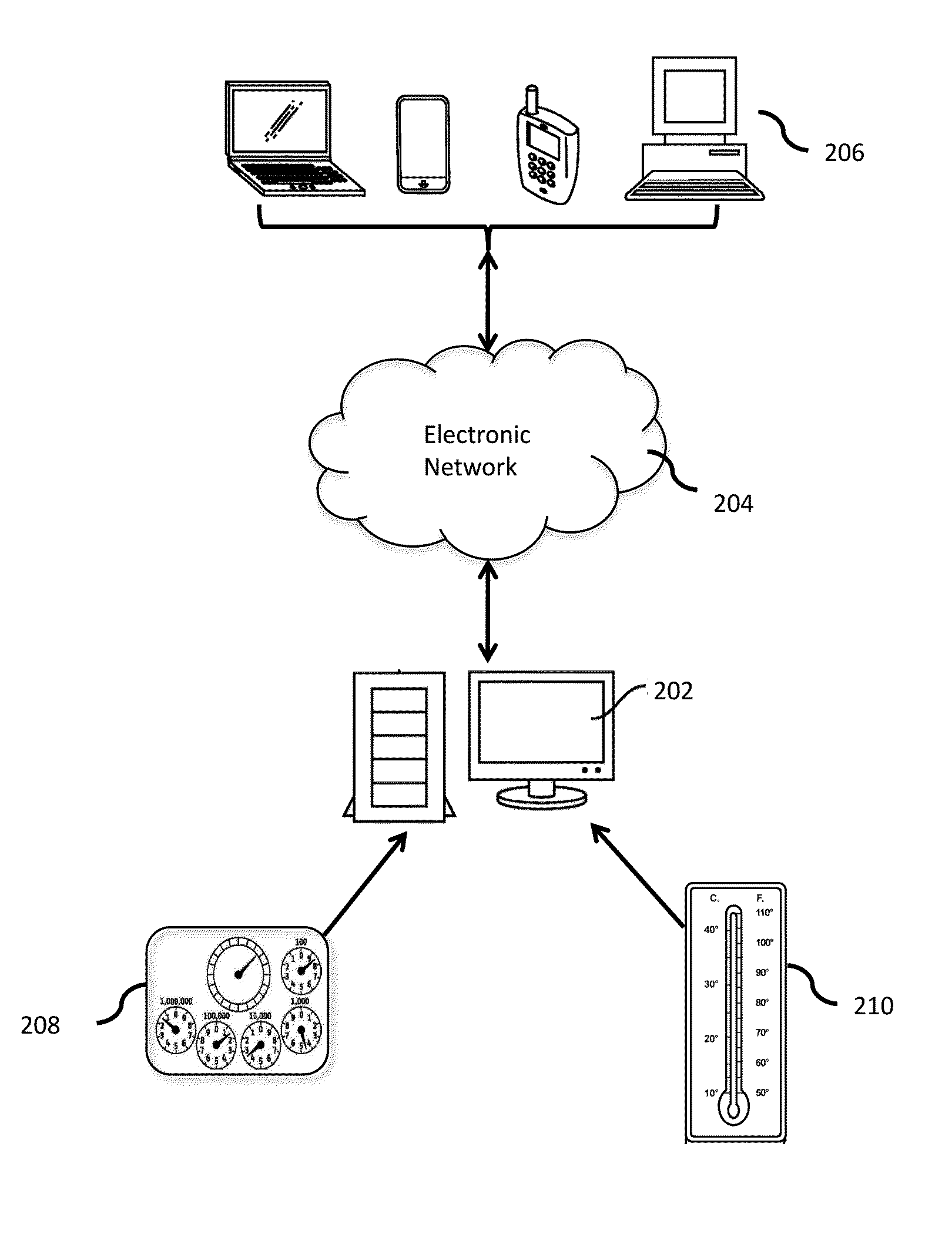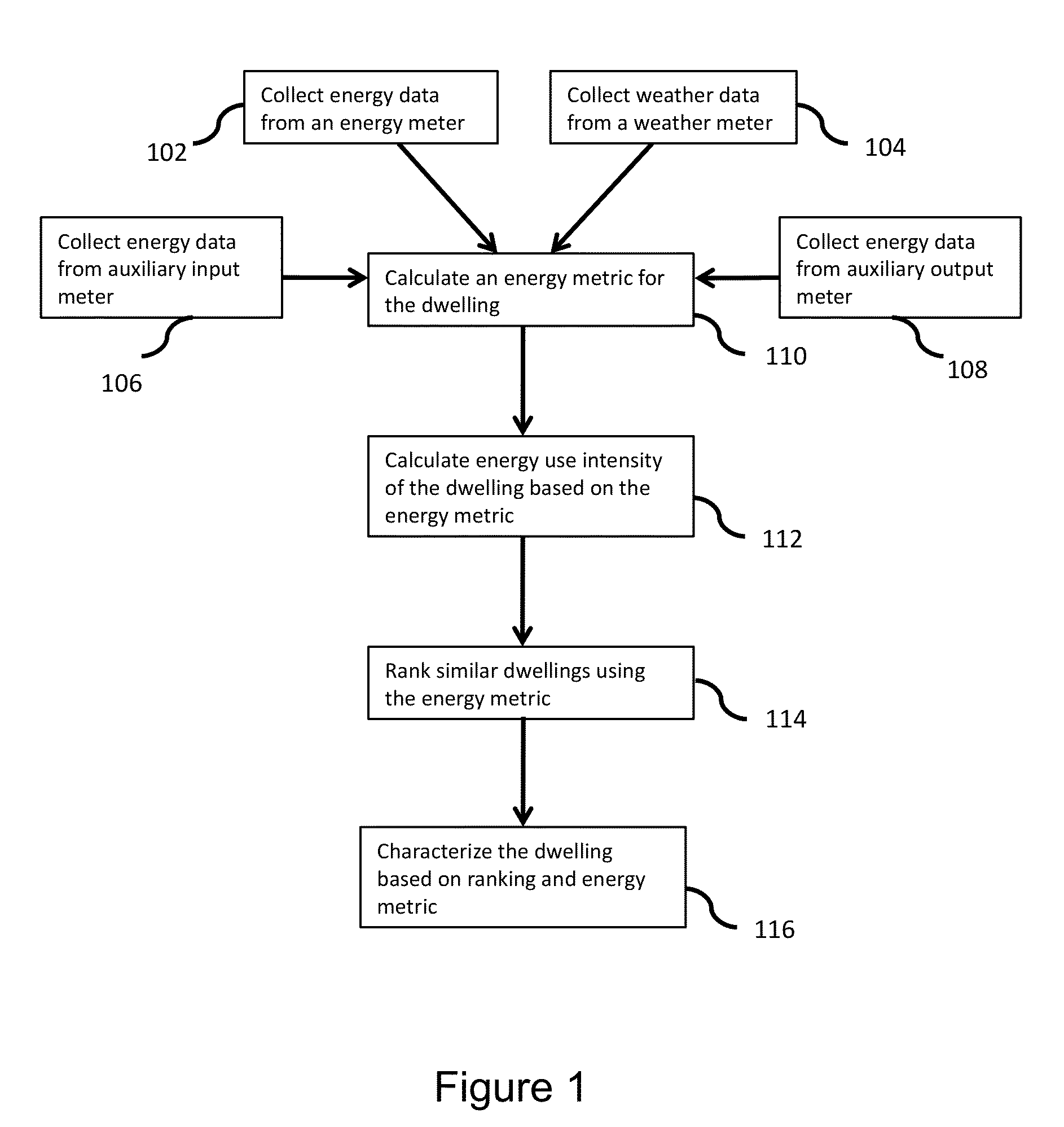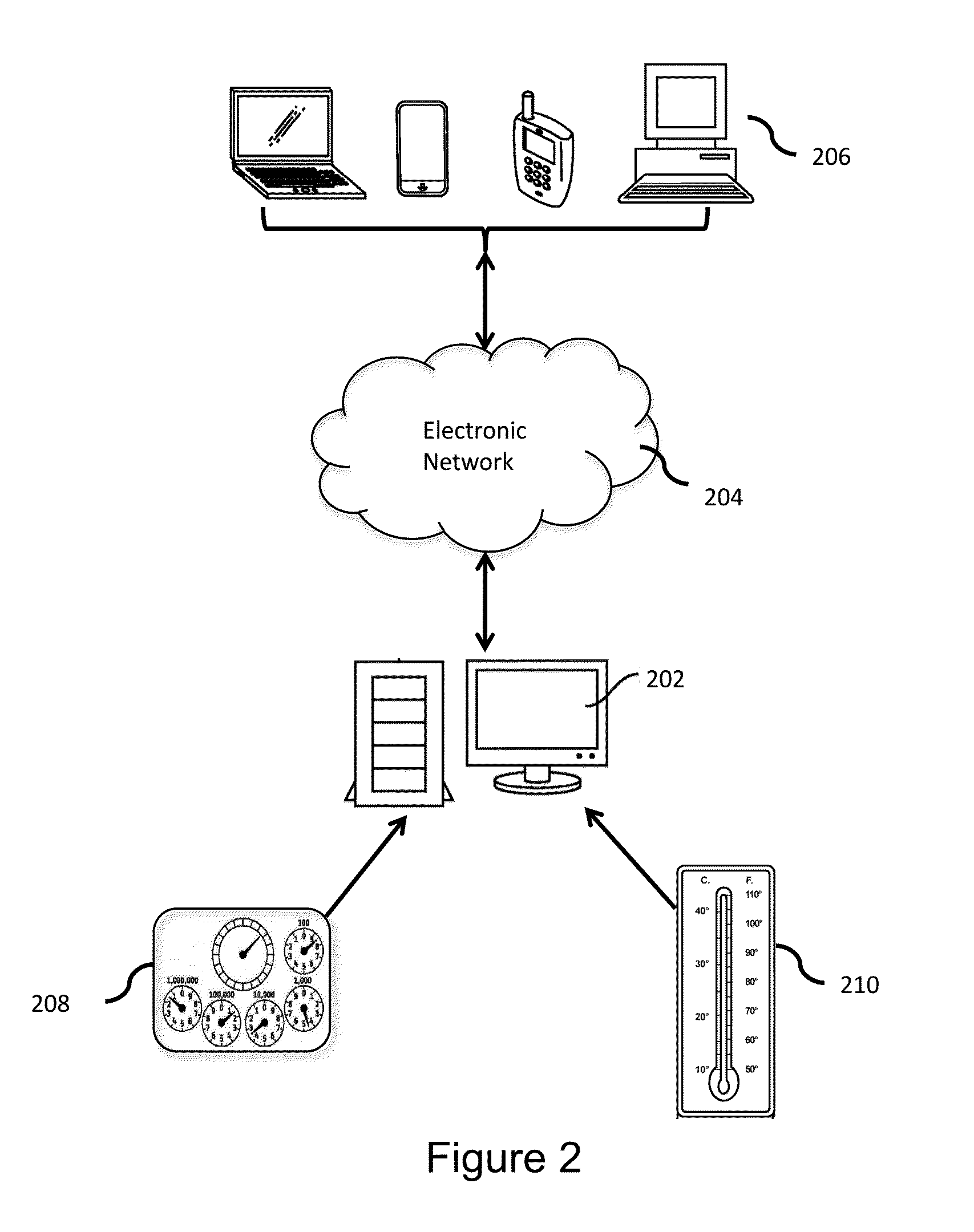System and method for residential utility monitoring and improvement of energy efficiency
a technology for residential utilities and monitoring systems, applied in data processing applications, instruments, computing, etc., can solve the problems of residential customers' significant expense of installing such devices, processing analysis is generally limited to electrical disaggregation, and other forms of energy consumption analysis, so as to achieve the effect of improving energy efficiency in a dwelling
- Summary
- Abstract
- Description
- Claims
- Application Information
AI Technical Summary
Benefits of technology
Problems solved by technology
Method used
Image
Examples
example 1
Sample Energy Calculation
[0242]Dwelling unit energy characterization using the proposed system and method involves the interpretation of at least one energy metric and its associated ranking. Characteristics of the residential dwelling which contribute to the energy efficiency or inefficiency of the dwelling include: condition of the heating, ventilation, and air conditioning systems; the thermal insulative quality of the structure; the air infiltration of the structure; the efficiency of energy consuming appliances within the residential dwelling; and the energy consuming behavior of the occupants. A calculation of multiple energy metrics for a dwelling through a whole-building energy use model expressed as electricity consumption vs. heating degree days is shown in FIG. 4. The energy metrics depicted include the following:[0243]Non-temperature dependent energy use in energy units per time interval, both before and after a home energy efficiency improvement.[0244]Temperature depend...
example 2
[0248]Shown in FIG. 5 is a set of four energy metric histograms for an individual dwelling. The histograms are each constructed by selecting one of many available energy metrics, computing the values for that energy metric amongst other dwellings in a comparison set, plotting all of the resulting data linearly, indicated the positions demarking the quartiles of distribution values in the comparison set, and indicating where on the distribution the particular dwelling subject to evaluation lies.
[0249]A given home or dwelling may be characterized by:[0250]A low relative rank compared to similar homes in total electric consumption in units of kWh per square foot per year[0251]A low relative rank compared to similar homes in total electric consumption above baseload in units of kWh per square foot per year[0252]A high relative rank compared to similar homes in total natural gas consumption in units of cubic feet (or therms) per square foot per year[0253]A high rel...
example 3
Inefficient Appliances
[0254]Inefficient electricity use may be the result of the conditions of the HVAC systems, the thermal envelope, the electricity consuming appliances, or another cause. The set of two energy metric histograms for a dwelling shown in FIG. 6 shows the following:[0255]A low relative rank compared to similar homes in annual electric baseload in units of kWh per square foot per year[0256]A high relative rank compared to similar homes in annual electric usage above baseload in units of kWh per square foot per year
[0257]The diagnosis for a home having this energy use profile is that there are inefficient electric appliances in the home, such as an old refrigerator or incandescent light bulbs. This is evident by the facts that the home is able to efficiently cool the conditioned space, but that in every month the baseload electric usage is unnecessarily high. Though there are multiple reasons why a home may have regular excessive consumption, a low CV(RMSE) or other re...
PUM
 Login to View More
Login to View More Abstract
Description
Claims
Application Information
 Login to View More
Login to View More - R&D
- Intellectual Property
- Life Sciences
- Materials
- Tech Scout
- Unparalleled Data Quality
- Higher Quality Content
- 60% Fewer Hallucinations
Browse by: Latest US Patents, China's latest patents, Technical Efficacy Thesaurus, Application Domain, Technology Topic, Popular Technical Reports.
© 2025 PatSnap. All rights reserved.Legal|Privacy policy|Modern Slavery Act Transparency Statement|Sitemap|About US| Contact US: help@patsnap.com



